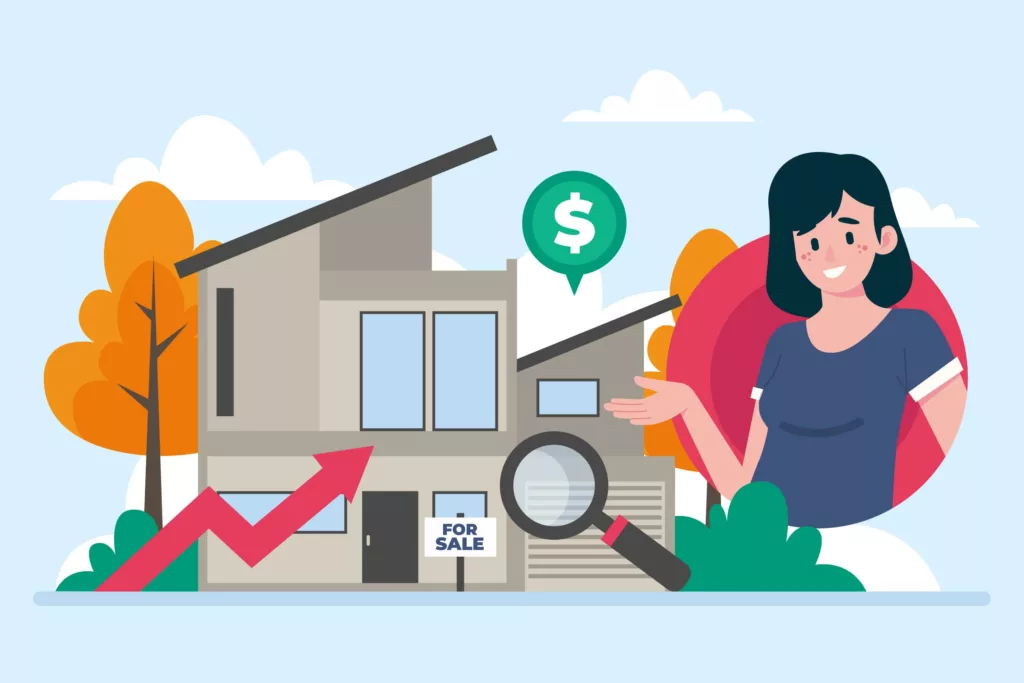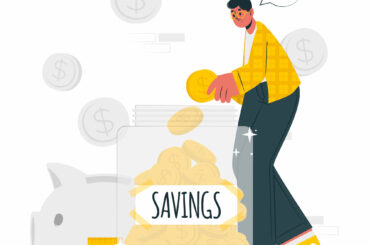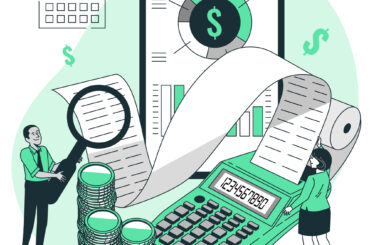Note: This post is for information only and not financial advice.
Why the Down Payment Matters
In Canada, the minimum down payment depends on the price of the home:
| Home Purchase Price | Minimum Down Payment |
|---|---|
| $500,000 or less | 5% of the purchase price (canada.ca) |
| From $500,000 to $1.5 million | 5% on the first $500,000 + 10% on the portion above $500,000 |
| $1.5 million or more | 20% of the purchase price |
If you put less than 20%, you’ll need mortgage default insurance (CMHC insurance). That adds cost, but it also lets many first-time buyers enter the market earlier.
Step 1: Know Your Target
Start with a simple calculation:
- Price of home you’re aiming for.
- Minimum down payment required.
- Add a buffer for closing costs (usually 3–4%).
Example 1: Toronto – $700,000 home
- 5% on first $500,000 = $25,000
- 10% on next $200,000 = $20,000
- Minimum down payment = $45,000
- Closing costs (land transfer tax, legal fees, inspection): ~$21,000
- Total upfront cash = ~$66,000
Example 2: Montreal – $500,000 condo
A first-time buyer in Montreal purchasing a $500,000 condo with the minimum down payment:
- 5% of $500,000 = $25,000 down payment
- Closing costs (land transfer tax, notary fees, inspection): ~$15,000
- Total upfront cash = ~$40,000
Because this buyer puts less than 20% down, they’ll also need CMHC mortgage default insurance:
- The insurance premium depends on the loan-to-value ratio.
- For a 5% down payment, the premium is 4% of the mortgage amount.
- In this case: $475,000 mortgage × 4% = $19,000.
- The premium is usually added to the mortgage, not paid upfront, which increases monthly payments.
Step 2: Use the Right Accounts
1. First Home Savings Account (FHSA)
- Contribute up to $8,000 per year, max $40,000 lifetime.
- You can carry forward one year of unused contribution room (max $8,000) once the account is opened.
- Contributions are tax-deductible (like an RRSP).
- Withdrawals for a first home are tax-free (like a TFSA).
- If unused, can transfer to RRSP.
2. RRSP Home Buyers’ Plan (HBP)
- Withdraw up to $35,000 tax-free.
- Must be repaid over 15 years.
- Works best if you have RRSP room and expect a tax refund.
3. TFSA (Tax-Free Savings Account)
- No tax deduction, but growth and withdrawals are tax-free.
- Flexible — no repayment required.
- Ideal for shorter timelines (5 years or less).
Step 3: Choose the Right Investment Strategy
- Short timeline (1–5 years): stick with safe options — high-interest savings accounts, GICs, short-term bond ETFs.
- Longer timeline (5+ years): you can take some risk with equity ETFs, but avoid overexposure. Market downturns can delay your purchase.
Pro tip: Separate your down payment savings from your regular investments. Mixing them creates temptation and confusion.
Step 4: Automate and Track Progress
- Set up automatic transfers each payday.
- Treat your down payment savings like a non-negotiable bill.
- Use spreadsheets or budgeting apps to track contributions.
Even $200 bi-weekly adds up to over $5,000 per year without counting investment growth.
Step 5: Look for Extra Boosts
- Employer RRSP matching: Some companies let you use matched RRSP contributions for the Home Buyers’ Plan.
- Tax refunds: Direct them into your FHSA or TFSA.
Common Mistakes to Avoid
- Investing too aggressively: Losing 20% right before buying can set you back years.
- Ignoring closing costs: Not saving enough means scrambling for cash at the last minute.
- Forgetting CMHC insurance: A 5% down payment lowers upfront costs but increases your mortgage balance.
Key Takeaway
Buying a home in Canada takes planning, but the system offers powerful tools like the FHSA, RRSP, and TFSA. The earlier you start and the more consistent you are, the faster you’ll get the keys in your hand.
Next step: Run your own numbers. Check how much down payment you’ll need, factor in CMHC insurance if under 20%, and open an FHSA if you haven’t already.
Useful Resources
- Minimum Down Payment Rules (Canada.ca)
- First Home Savings Account (FHSA) — Overview (Canada.ca)
- Contributing to your FHSA — Contribution Limits and Carryforward (Canada.ca)
- RRSP Home Buyers’ Plan (Canada.ca)
- Tax-Free Savings Account (TFSA) Rules (Canada.ca)
Disclaimer
This article is for general information and educational purposes only. It does not constitute financial, tax, or legal advice. Rules and programs (such as FHSA, RRSP, TFSA, or CMHC insurance) may change over time. Always verify details on official government websites (e.g., Canada.ca) and consult a qualified financial advisor or tax professional before making decisions about your personal situation.





